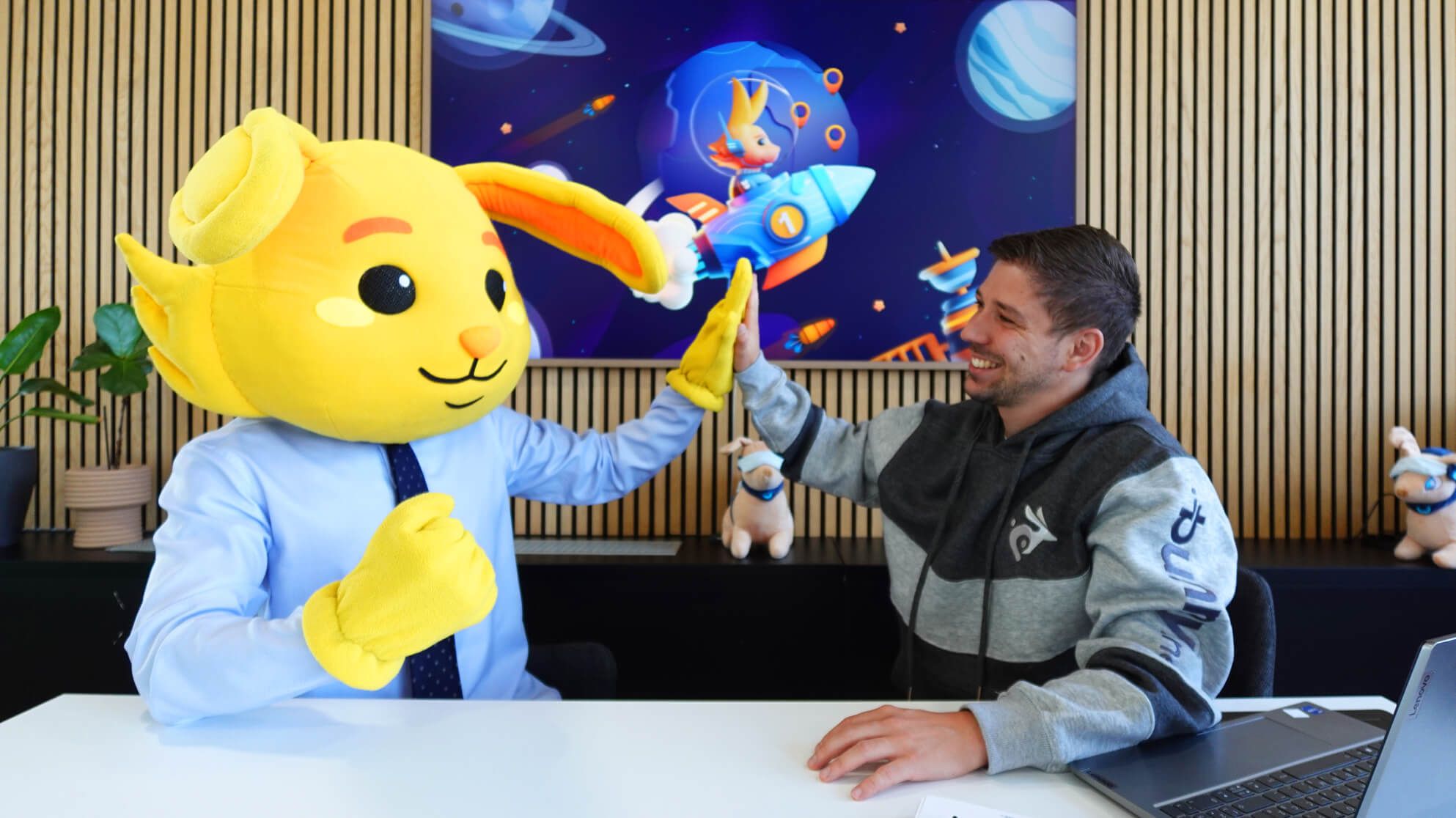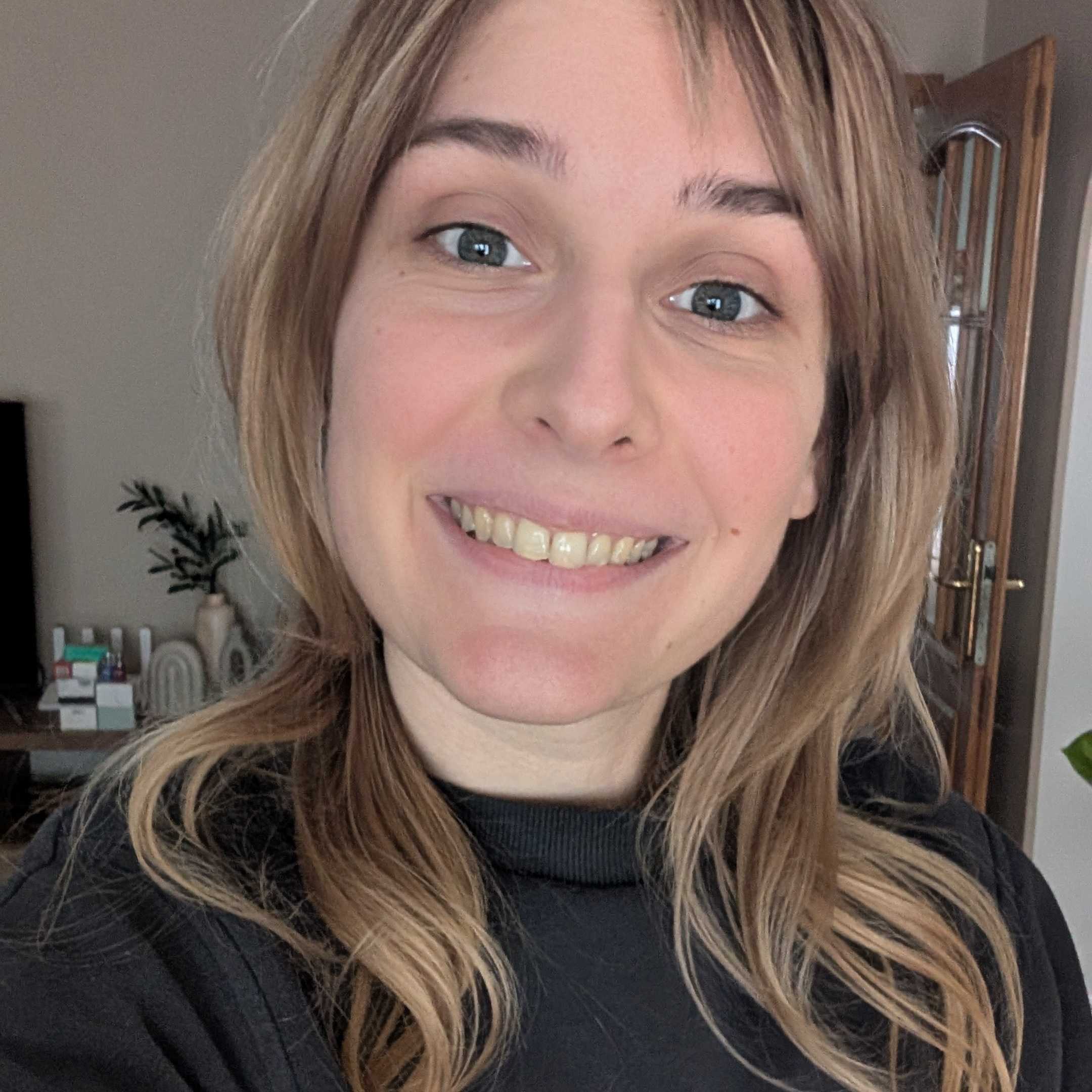At bunny.net, we believe great interviews feel more like a conversation than a test, for both sides. We’re not just learning about you; you’re learning about us. No riddles. No trick questions. Just two people (or a few!) figuring out if we can build something amazing together.
And as AI becomes a natural part of how people prepare for those conversations, we want to be clear: we see AI as a helpful tool, but it’s not the main character.
We’re here to meet the person behind the keyboard. Not ChatGPT. Not a polished prompt response. You.
Let’s talk about how that works, and how you can use tools thoughtfully throughout the interview process.
Our goal in interviews? Real people, real thinking.
When we interview someone, we’re not just checking off technical boxes or looking for the “right” answers. We’re trying to understand how you think, how you solve problems, and how you approach collaboration.
We want to hear how you made decisions. What trade-offs you considered. What you learned when something went sideways.
AI is a great tool until it replaces your voice
We know you might use AI to help you prep. Honestly? That’s smart. Tools like ChatGPT, Claude, or even Notion AI can help you:
- Reframe your work experience in clearer terms
- Structure STAR-format stories (Situation, Task, Action, Result)
- Brainstorm how to talk about strengths and gaps
- Summarize complex projects in simpler language
- Research role-specific topics or technologies you haven’t used in a while
Used well, these tools can help you organize your thinking, build confidence, and avoid blank-page syndrome.
But there’s a fine line between being supported and being replaced.
Real-time coaching apps that feed answers during interviews can unintentionally cross that line. And that doesn’t just make the conversation harder, it makes it less fair to you.
If you’re hired based on answers that weren’t really yours, we’re not meeting the real you, and you’re not showing up for a role you’d truly own. If you’re not hired, it’s possible the real you never got a fair shot.
It also erodes trust. When we’re in a conversation, we assume we’re connecting human to human. Not a person to prompt. That connection matters, because building great things together starts with honesty.
So yes, prep however you need. But when the call starts, bring you. That’s who we’re here to meet. And that’s who we’re hiring.
When to use AI and when to set it aside
The talent acquisition call is your moment to tell your story
This is your first conversation, usually with someone from our Talent team. It’s not a quiz, it’s an open chat about your journey, your motivations, and what excites you.
How AI might help:
- Practice “Tell me about yourself” with ChatGPT in different tones
- Ask Claude to help connect the dots in your résumé or fill in the gaps in your career story
- Drop your CV into Notion AI and ask it to suggest stronger action verbs or clearer summaries
- Use Perplexity.ai or ChatGPT to research bunny.net’s mission, values, and recent updates so you come in informed
What to do in the call:
Speak naturally. We’re not here to grade your eloquence; we’re listening for honesty, self-awareness, and curiosity.
Let your story be messy, real, and yours, because that’s the only way we’ll know if we’re truly a match. If we’re hiring based on an AI script, we’re not seeing the real you. And if you’re hiding behind one, you might miss the chance to connect with a team that would genuinely value what you bring.
The hiring manager interview is where impact speaks louder than titles
Now we’re getting into the work. We’ll ask about specific challenges you’ve tackled, how you collaborate, and where you’ve made an impact.
How AI might help:
- Use Gemini to explore how to describe your role in a large team project
- Ask ChatGPT to generate STAR story outlines from past experiences
- Use tools like Perplexity.ai to refresh yourself on tools or terms you haven’t used in a while
What we’re listening for:
How you reason. What questions you asked. What you did, not just what the team delivered. And how you work with others when things get complex.
The technical interview is where real thinking shines
You might be asked to solve a technical problem, work through a case, or complete a real-world task. These are designed to reflect the kind of challenges you’d actually face here.
How AI might help:
- Brainstorm different solution paths before committing
- Use ChatGPT as a “rubber duck” to talk through your logic
- Ask Claude to help you refactor or clean up your code after your logic is locked
What matters most:
That the work reflects you. We’re not here to review what a tool can generate. We’re here to understand how you think, what trade-offs you make, and how you’d approach challenges as part of the team.
If you use AI, be transparent. That’s not a red flag; it’s part of how people work today. But copy-pasting straight from a tool without editing or understanding? It’s usually easy to spot, and it doesn’t show us the curious, thoughtful person we’re hoping to meet.
Think of this as a chance to share how you problem-solve, not how well you can prompt an assistant.
Build it the way you’d build it for a teammate. We’re here to see what makes your brain tick.
The executive interview is all you
This conversation is about leadership, values, and vision. It’s less about what you’ve done and more about what you believe, how you lead, and where you want to go.
How AI might help:
- Use Notion or ChatGPT to organize your thoughts on culture, product, and impact
- Brainstorm thoughtful questions about strategy, org design, or long-term goals
- Reflect on how your personal leadership style aligns with bunny.net’s values
But once the call starts:
Close the tabs. Be fully present. These conversations are about alignment, instinct, and vision. We’re here to connect on a human level.
Remember, the tools don’t get the job. You do.
We’re building bunny.net with people who care about performance, clarity, and giving developers more joy and control at the edge. People who solve hard problems, grow with feedback, and build things that matter.
So yes, use AI to prep if it helps. But when it’s go time, bring your full self. Not a script. Not a filter. You.
We promise to meet you with curiosity, transparency, and respect at every step. No gotchas. No games. Just a team excited to meet the human behind the keyboard.
And that starts with a conversation.


